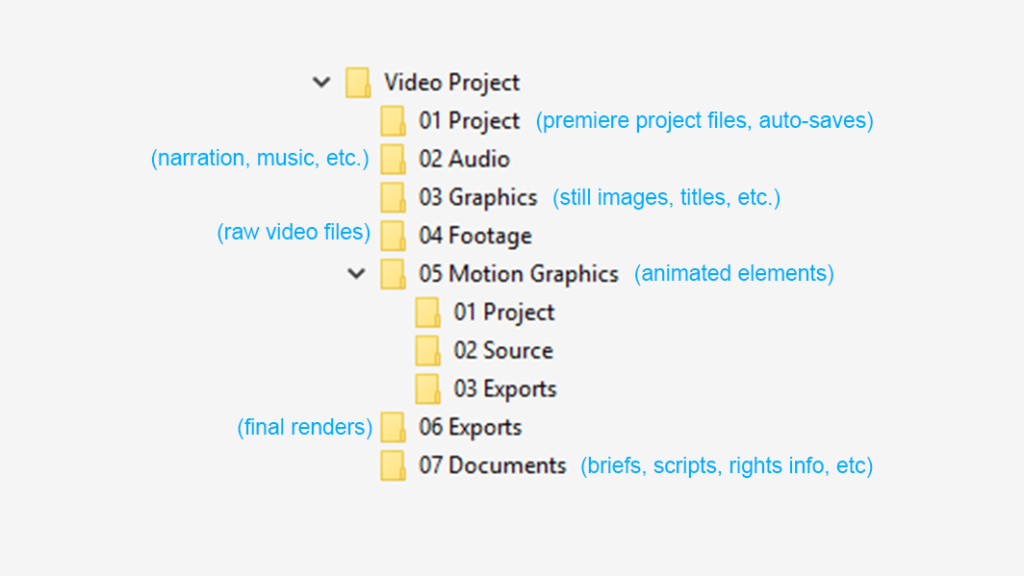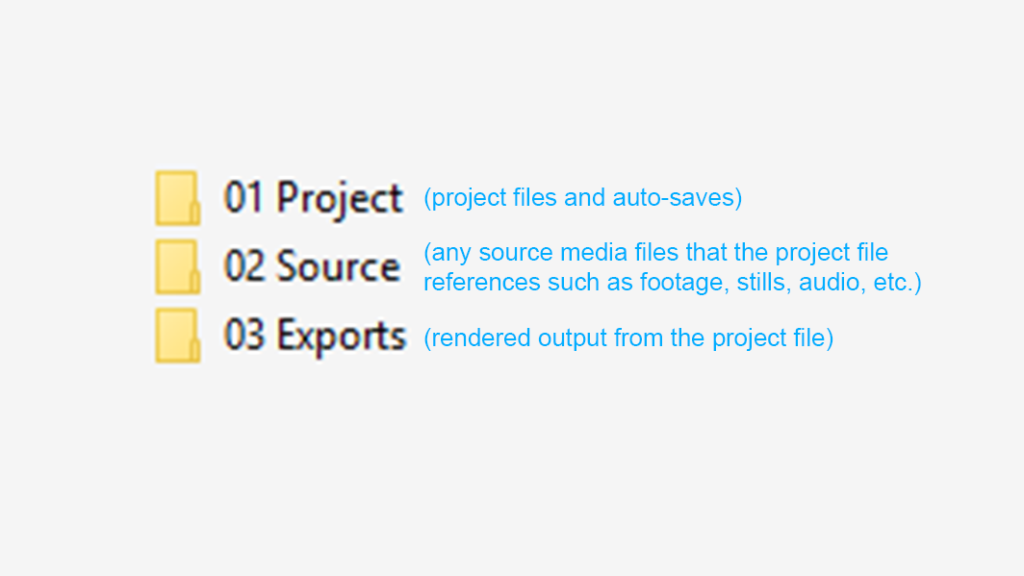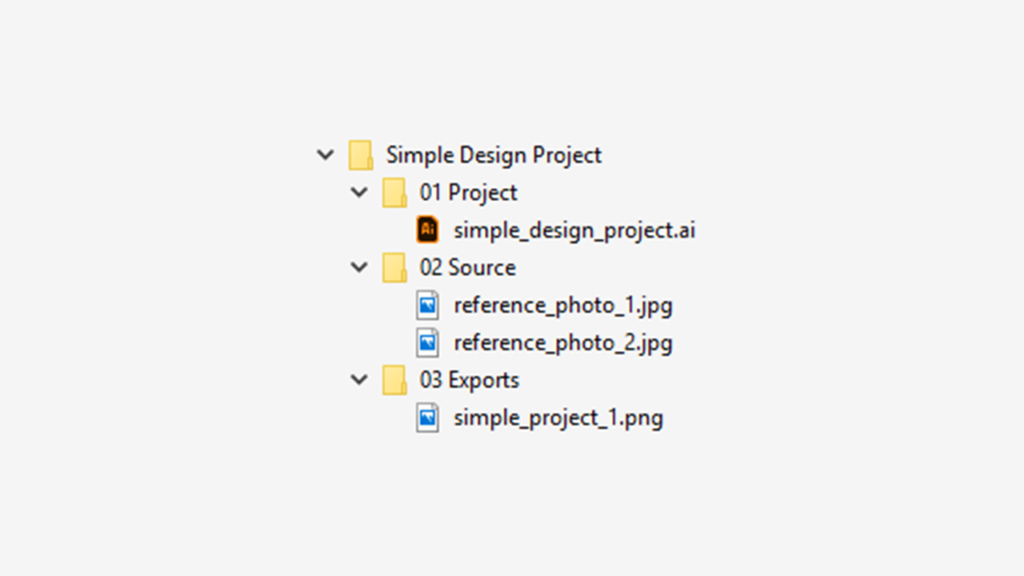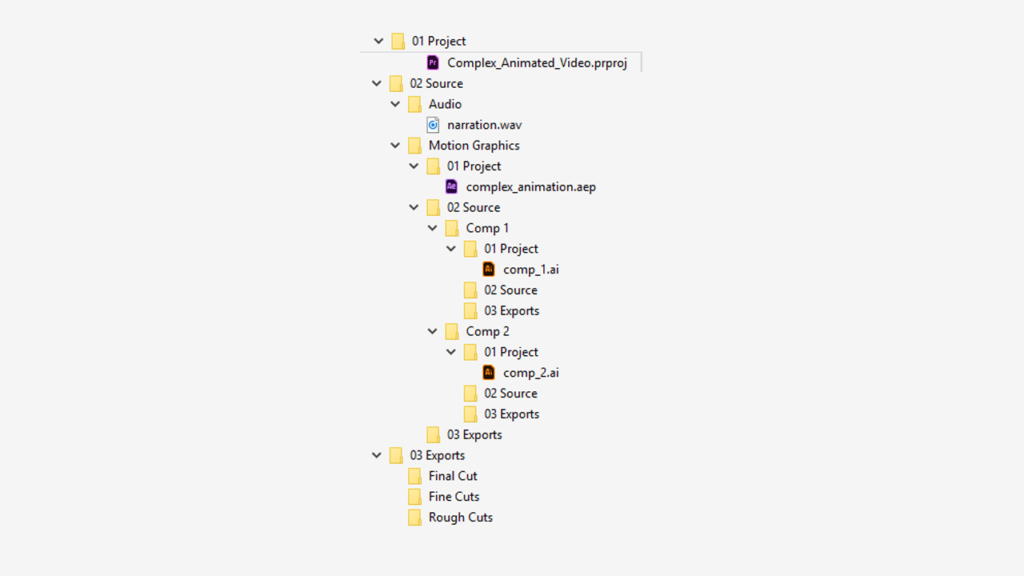
Video



Things to Consider Before Starting Your Next Video Project
A common problem I encounter when dealing with new video clients, is that they know they want to make a video to promote their product, service, or message, but they don’t know exactly the type of video they want to make.
As a professional video creator with a wide range of skills, this presents a challenge. There are many different styles of video one could make and given that the tools of production are so accessible these days, there isn’t much a professional can’t create (or recreate) given the appropriate time and budget.
And speaking of budget, it’s really difficult to nail down the cost of producing a video when you don’t know all of the elements that will go into it. Does your video revolve around intricate action sequences or is it you talking into your smartphone? These videos are obviously going to have wildly different budgets.
So where to start? I thought it might be useful to sit down and make a list of everything I’d want to know about a video project before getting started. I’m thinking, in particular, of a shorter promotional or editorial video that would primarily be shown online. Some of the same questions would definitely apply to movies or TV shows, but there are a whole host of other questions that would need to be asked and answered and are a bit beyond the scope of this article.
Roughly in order of importance, here are some of the things I’d want to know:
Who is the intended audience for the video?
This a fundamental question for any media project–video, written, or otherwise. Who are you making it for? It could be for multiple audiences, but that will likely add to the complexity of the project as you try to balance those competing interests.
Where will it be seen?
I’m dating myself, but when I was growing up there were two places to see video–in a theater or on television. Now there’s a bazillion–your own website, YouTube, Vimeo, Facebook, Instagram, Twitter, TikTok, Snap, OTT, etc, etc. The staggering array of platforms all have slightly different requirements and there are ways that video can be optimized for maximum impact on a particular platform.
What do you hope to achieve with the video and what are the “key performance indicators”?
Is it views, conversions, sales, hours watched, newsletter sign-ups, or some other metric? It’s important to know this going in and to make sure the video you’re making lines up with what you’re trying to achieve.
Who will provide the information for the video and/or write the base script (ie general outline)?
This is an important question that is often overlooked. As a video producer, I’m only an expert in making videos….not your business or organization and probably not the subject of the video. If you aren’t providing the info you want to include, that’s something I would need to research and it will add to the cost and timeline of a project. At a minimum, I prefer that clients provide an outline for what they want to include.
What do you envision the video looking like? Do you have examples?
As a video producer, it’s my job to craft a finished visual product based on the client’s concept. However, clients will often have seen something that inspired them and want to emulate. It’s a big time saver to see the source of inspiration and manage expectations about what’s possible on a limited budget.
Will it require on-location production?
Filmmaking on-location is a big topic in and of itself. It can vary from one person shooting with a smartphone to a full-on Hollywood-style production crew for more ambitious projects. But it’s helpful to know if you’ll need at least someone with a camera on-location and for how many hours or days.
Will it require interviews with people (ie talking heads)?
Shooting interviews is pretty straightforward, but it does require some preparation. At a minimum, it helps to have a list of questions prepared.
Will it require actors?
There’s a reason they hand out awards for acting, because most people are terrible at it. If your video involves people speaking directly to the camera or pretending to do or be something, actors are a good bet. If you really want you or your employees to “star” in the video, I highly recommend a teleprompter and putting in some practice with it beforehand.
Will it require professional voice over?
Like acting, voice acting requires some skill to come across as engaging, clear, and believable. Or maybe you want to reach a particular audience and need someone the audience can relate to. In either case, a voice actor is a good way to go. Voice actors often have their own studio set-ups and can deliver a finished audio file.
Will it require motion graphics (ie moving graphics or titles)?
Most videos these days incorporate some kind of motion graphics.Fortunately, there are a lot of stock templates out there, so it doesn’t necessarily mean designing something from scratch. Ideally, these graphics would match any existing branding, so it might require bringing in a graphic designer or using the one that you work with to design some of the elements.
Will it require more detailed animation like characters moving or talking?
Animating characters is its own specialty. There are many approaches to this, but the least time intensive method involves rigging up characters that move based on keyframes. (Think of it like a digital puppet that gets directions based on information that resembles an old player piano roll.) More time intensive approaches incorporate frame-by-frame animation where each frame of the video is crafted by hand (ie there are no automated keyframes).
Will it require any 3-D animation (e.g. molecules moving around.)
This is another niche involving it’s own special software that involves texturing and shading. Warning: this kind of animation can be expensive, so it should be used sparingly.
What’s the ideal length?
This is basic, but when it gets into things like animation, cost is measured in seconds, not minutes. Note that for social media, some platforms only allow a certain length for their videos. And also that each platform tends to have a sweet spot in terms of length.
Will it be a series of videos or a one-off?
Most people don’t think in terms of “video series”, but a good strategic approach is to make a longer video for YouTube and then “atomize” the video for social media. This way you’re getting the most bang for your buck.
What is your timeline?
Basic project management: When would you like to have it and what is your drop dead date? Answers like “ASAP” and “yesterday” typically increase cost across the board. Hollywood can make complicated movies relatively quickly because they use A LOT of manpower, which is why movies often cost hundreds of millions of dollars to make.
What is your general budget?
And finally we get to the budget. Based on the factors above, how much will your video cost? The good news is, a video doesn’t need to be outlandishly expensive to reach the audience you want and to have the impact you want. It just needs to be good enough.
——
I hope you found this list informative. If you’re a professional video creator reading this, did I miss anything? If you’re a potential client, do you find this list a little overwhelming? In either case, I’d love to hear your thoughts.

A Simple Way to Organize Your Media Project Files
Whether you’re an illustrator, video editor or motion designer, it’s important to keep your files organized. Especially with video editing, it’s easy for your projects to quickly spin out of control. You often have video footage, audio, still images, graphics and animation files that you need to keep track of.
As both a video editor and animator, I’ve tried various schemes to keep my files organized. For many years, I used the following (or something close to it):

This is obviously better than files scattered across your desktop, but it’s a very flat file structure and specific to the type of videos that I create. What happens when you’ve designed something in Adobe Illustrator that is referenced in your motion graphics project? How do you keep those files organized in this scheme? Or what if you are just doing a simple design project? Is there a way to keep those files organized that would be immediately obvious to anyone who picks up the project?
The answer to these obviously rhetorical questions is, yes! Recently, I had an file organization epiphany (oft had in the shower) that makes organizing a whole lot simpler and consistent across projects. It’s applicable to any kind of project where the finished product is rendered out. For example, a video, animation, photo or illustration.
In a nutshell, the structure looks like this:

If you are doing a simple design project in Adobe Illustrator, your files and folders might look like this:

If you’re doing something more complex, you can repeat this structure all the way down through you entire project. This way everything stays organized from top to bottom.
Here’s what a more complicated animated video might look like:

The important thing here is that this way of organizing files is SCALABLE. It can be used on any project, from small to large, keeping your files grouped logically, readily accessible and easy to find.
In a future installment, I’ll take a look at the the bigger picture of how I set up my drives to store these files and folders, and back them up incrementally so that important work is not lost.
I hope you found this useful. If you do something different and you think it’s better than my system I’d love to hear from you in the comments.

$1200 4K Video-Editing Beast that Fits on a Bookshelf
If you don’t have a lot of space to work with, you’re going to dig this video. Maximum 4K editing power in a small package–all for around $1000.
A full list of components is available on my Kit.com page.